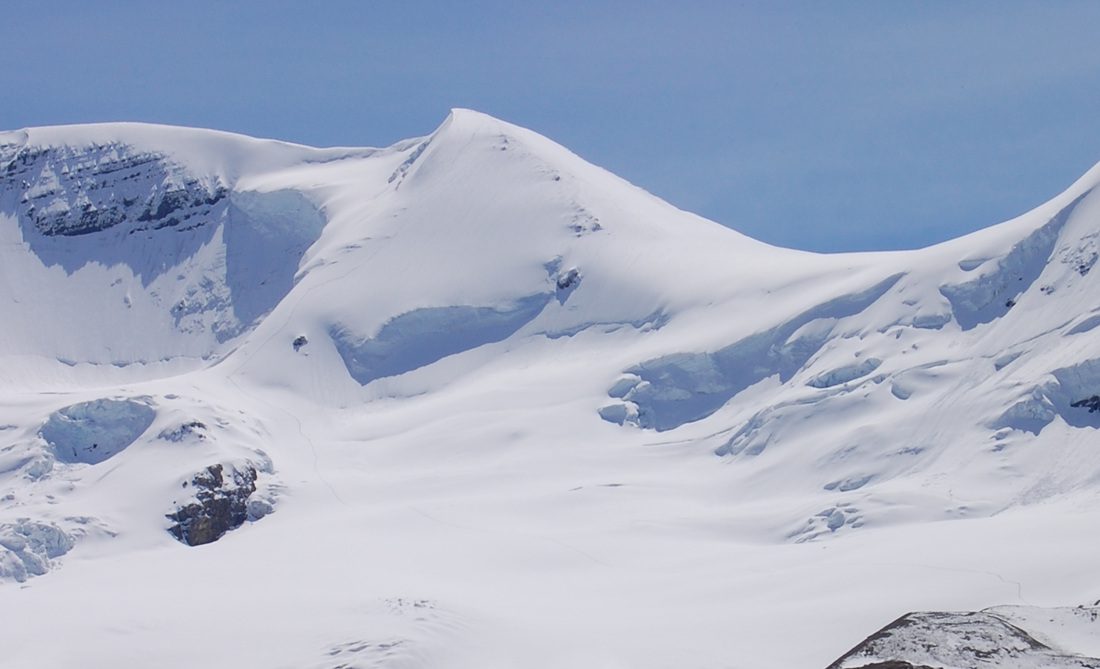Some Reminders for Alpine Climbing Season
From pitons to lightning, some things to consider when heading into the mountains

Climbers have been hanging out at crags and and rock walls across Canada for the past few months, many waiting for conditions in the alpine to improve. With the recent high-pressure systems in western Canada, much of the recent snow accumulation has melted, leaving bare rock on ridges and big features.
Canadian climber Ian Welsted and Scottish mountain legend Simon Richardson made the first ascent of the North Spur on Mount Phillips last week. While the climbing wasn’t difficult, the peak was remote and the new route more/less will mark the start of the summer Rockies alpine season.
If you’ve never been in the alpine in the Rockies, then start on easy routes, such as the Aberdeen Glacier and the Skyladder on Mount Andromeda. You’ll need to get some mileage to train your legs to get used to long approaches with heavier packs.
Rope up anytime you’re on a glacier, even if you can’t see crevasses. Countless climbers have fallen into crevasses, many of whom have died, so take ever glacier seriously. That applies to crossing bergshcrunds, which can often have weak snow bridges and teetering boulders that can drop under the ice. Rope up.
You’ll also want to leave early and move fast because afternoon thunderstorms can creep up. More than once, climbers on alpine routes have dealt with electric charges from nearby clouds. In the Bugaboos, many climbers have been struck by lightning, some killed. If there’s bad weather in the forecast, stay out of the alpine.
Nearly all established alpine routes have fixed pitons, but the pitons can wiggle out over time from changing weather. Pitons are only good if they’re hammered into the rock, so consider bringing a hammer when you head up long routes.
When you get to a piton, give it a couple bangs with the hammer to make sure it’s solid. A few summers ago, a climber in Canmore died when a piton ripped out of the rock on the Middle Sister, so don’t use pitons unless you’ve made sure they’re bomber. Most experienced alpine climbers bring a hammer and a selection of pitons.
If you’re not comfortable, then don’t start up the route because once you’ve started, most alpine routes are hard to descend as there are few fixed anchors. Many great climbers have bailed from the base of a climb because they didn’t feel good about conditions.
And always be cognizant of rockfall so you build anchors in safe places. Every alpine route will have rockfall and you don’t want to be under it when it happens. Once the sun hits the rock/slope above your route, rocks will start falling. Alpine climbing is dangerous and difficult, so be prepared and don’t be ashamed to tuck your tail and run.


